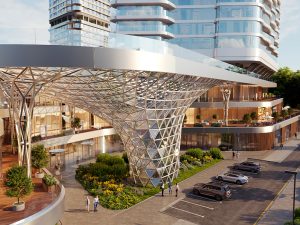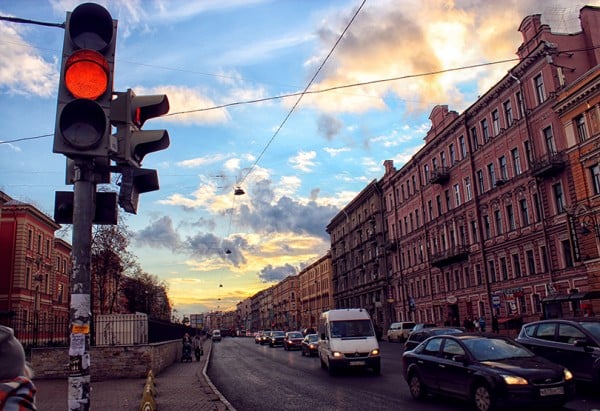TomTom, maker of electronic maps and GPS navigation devices,
published its yearly results on congestion statistics for 2012 a few days ago. On the European continent, it was a comfortable win for Moscow, coming home with a score 11% higher than runner-up Istanbul.
The official result for Moscow is a congestion index of 66%. In practical numbers, if your daily commute to work by car would normally be 30 minutes, in 1 year you lose 127 hours. Before you get your calculator out, that’s about 5 days and 8 hours of your life that you will never get back.
Istanbul in second place scored a paltry 55% by comparison, with Warsaw coming in 3rd at 46%.
From there it goes down to Marseille, Palermo, Stuttgart, Paris, Rome and Hamburg. By the time we close out the top-10 with Brussels, the index drops to 32%.
Of course it’s very difficult to put your finger on the exact reason why Moscow has been so dominant in this ranking. Yes, there are too many cars, but I doubt that’s the whole story. I’m not an expert in traffic regulation, as such I can only make a half educated guess at what is going so terribly wrong here in Moscow.
![]()
The biggest problem must be the infrastructure. The road network does not appear to have been designed with anything in mind. There is no point to make a ring road 5 or 6 lanes wide if at random intervals it has to narrow down into 3. And the road network is so assymetric that you can rarely go back the way you came. Often one leg of a trip will be half longer or shorter than the other. This is not a problem that can be easily fixed. It would take massive construction and road closures which would probably paralyze traffic completely. Dropping in an extra bridge of digging a tunnel takes a long time unfortunately.
Something which could offer some relief I believe, is to have at least some synchronization of the traffic lights. Most traffic lights in this city, and there are quite a few, operate completely on their own. With that I mean, they have no clue what the next set of lights 500 meters down the road is doing.
The lights should also be made adaptive to traffic conditions instead of running a fixed clock. This technology has existed for ages and is being used successfully in most major cities.
Roundabouts. Where are they? Many crossings would be much better served by a roundabout instead of traffic lights. The English figured this out half a century ago. You can’t use them on the big roads but many small crossings would operate much more efficiently. And a roundabout does not «break down» like an electric light can. A little while ago I was stuck on a crossing for 40 minutes at midnight, not because it was busy but because the lights weren’t working.
![]()
This resulted in every car from every direction drove onto the crossing and found itself stuck with nowhere to go. That can’t happen with a roundabout. Accidents on roundabouts also tend to be at low speed, no risk of someone running a light and ploughing into the side of your car doing 80 km/h.
Of course it’s unlikely that any of this will change. And it gives us so much opportunity for excuses why we’re showing up late to a meeting. I’ll see you next year for the 2013 awards, maybe I should bet some money on that one…











